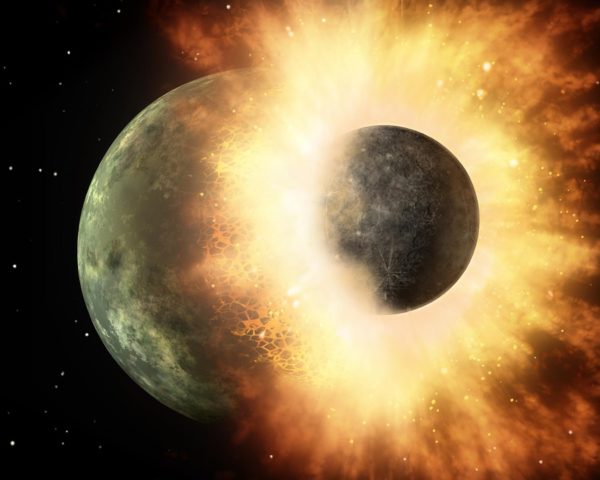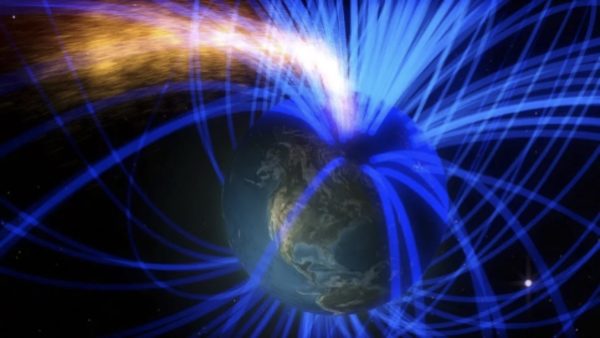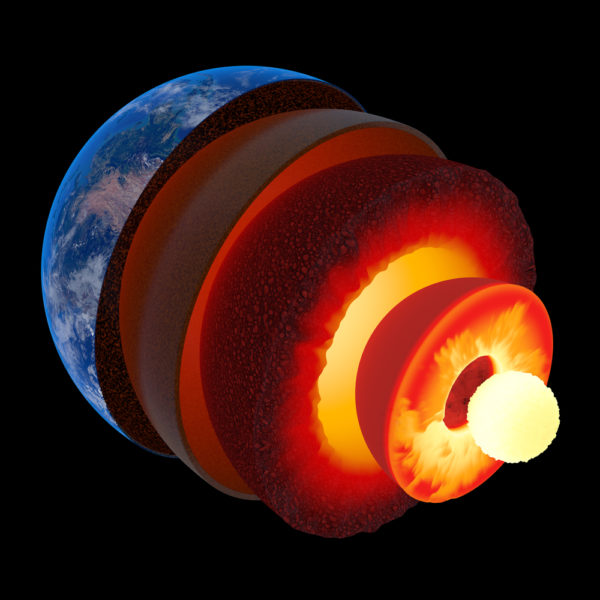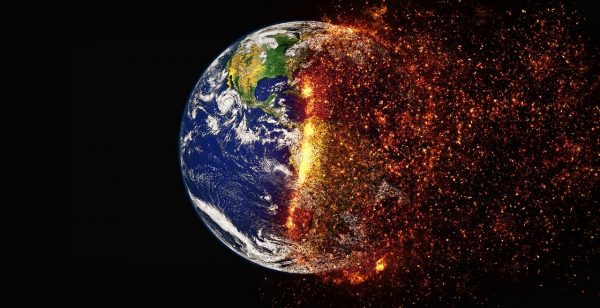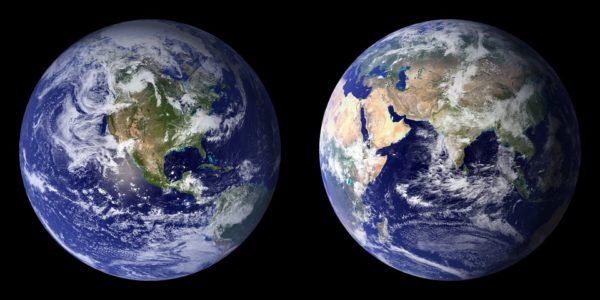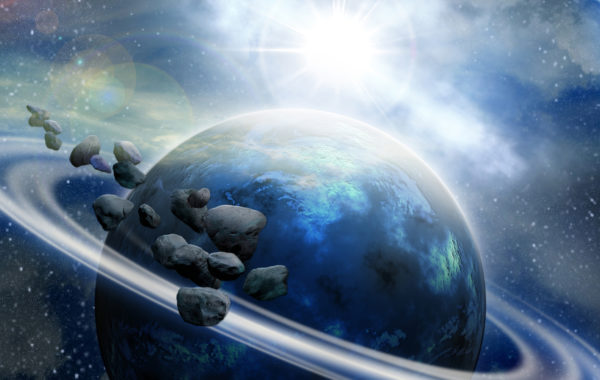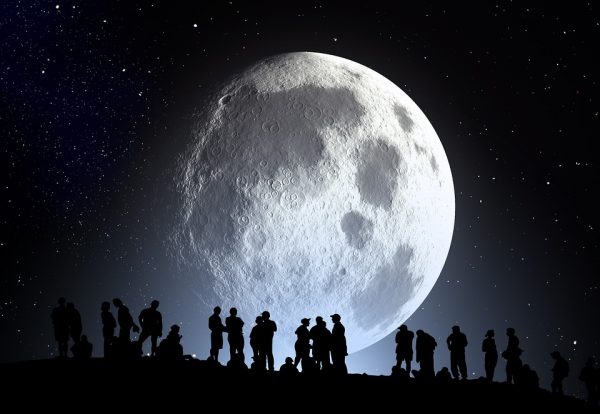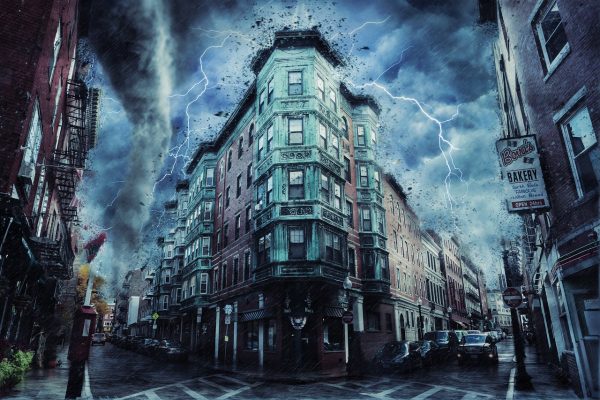Is There a Protoplanet Inside the Earth?
A protoplanet slammed into the Earth about 4.5 billion years ago, knocking loose a chunk of rock that would later become the moon. Now, scientists say that remnants of that protoplanet can still be found, lodged deep inside Earth, Science Magazine reported. If remains of the protoplanet, known as Theia, did stick around after the impact, that may explain why two continent-size blobs of hot rock now lie in the Earth’s mantle, one beneath Africa and the other under the Pacific Ocean. These massive blobs would stand about 100 times taller than Mount Everest, were they ever hauled up to … Read more



